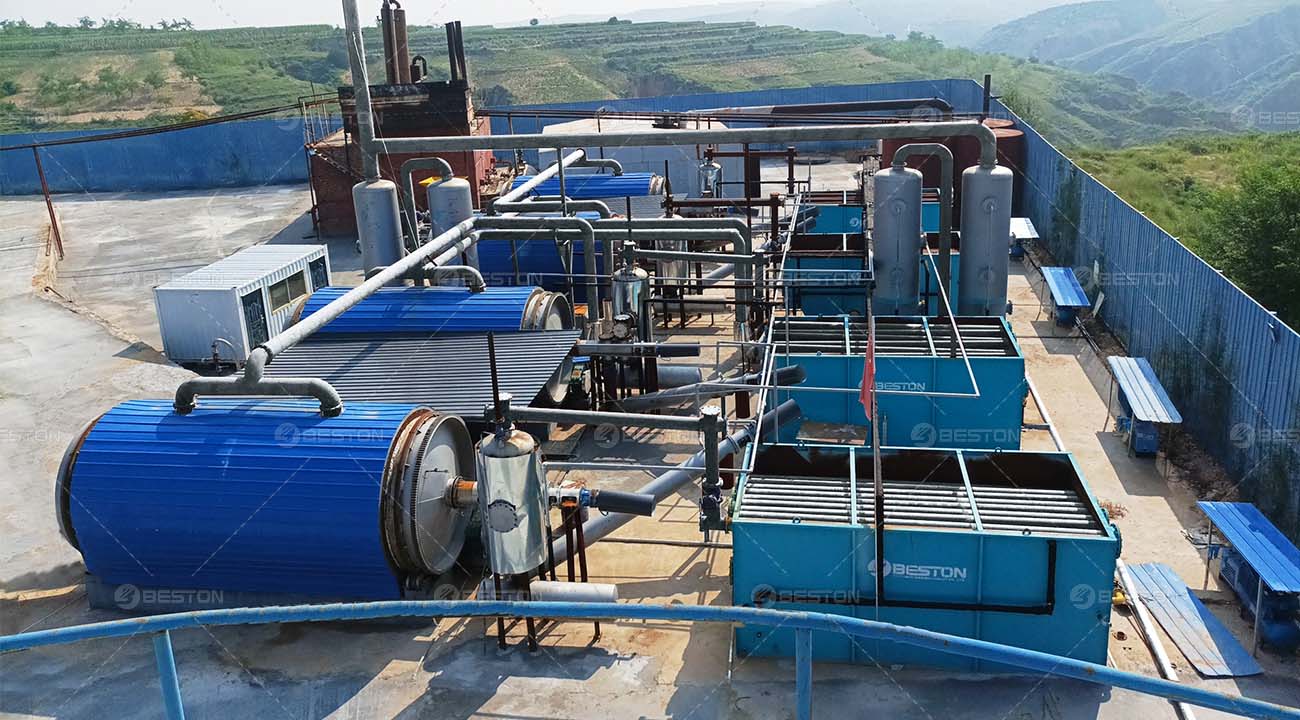Introduction
In the evolving landscape of waste-to-energy technologies, plastic pyrolysis stands out as a promising avenue. A comprehensive operating cost analysis is indispensable for navigating the intricacies of this technology and fostering sustainable practices.
Components of Operating Costs
Feedstock Acquisition and Pre-processing
The journey begins with understanding the nuances of acquiring diverse plastic feedstocks. From polyethylene to polystyrene, each type demands unique pre-processing techniques, influencing the overall cost structure of the pyrolysis process.
Energy Consumption and Thermal Efficiency
Delving into the heart of the plastic pyrolysis plant, the analysis extends to the energy-intensive pyrolysis reactor. Calculating the heat requirements and strategizing for enhanced thermal efficiency becomes pivotal in optimizing energy-related expenditures.
Maintenance and Lifecycle Management
The longevity of a plastic pyrolysis plant hinges on effective maintenance and lifecycle management. From addressing equipment maintenance challenges to implementing predictive strategies, this aspect is critical for sustained operational excellence.
Environmental Compliance Costs
Emission Control Systems
Environmental stewardship involves meticulous control of emissions. Scrubbing and filtration technologies play a crucial role in meeting air quality standards and minimizing the environmental impact of the pyrolysis process.
Waste Handling and Residue Management
The byproducts and residues from plastic pyrolysis demand careful handling. Analyzing residue treatment technologies and ensuring compliance with disposal regulations are integral to mitigating environmental consequences.

Technological Upgrades and Innovation
Advancements in Pyrolysis Reactor Design
Innovation in reactor design is a key focus area. Exploring modular configurations and catalytic pyrolysis advancements not only enhances efficiency but also opens avenues for continuous improvement in the plastic pyrolysis process.
Automation and Process Optimization
The integration of automation, coupled with process optimization, is transforming plastic pyrolysis. Artificial intelligence plays a pivotal role in real-time monitoring, ensuring operational efficiency and minimizing manual errors.
Market Variability and Economic Considerations
Fluctuations in Feedstock Prices
The plastic market is dynamic, and feedstock prices fluctuate. Understanding the impact of global plastic market trends and implementing hedging strategies are essential for maintaining economic stability in pyrolysis ventures.
Revenue Streams and Product Diversification
Beyond pyrolysis plant cost analysis, revenue considerations are paramount. Exploring high-value byproducts from pyrolysis and understanding market dynamics for these outputs contribute to the overall economic viability of the plastic pyrolysis plant.
Risk Assessment and Mitigation Strategies
Regulatory Risks and Compliance
Staying abreast of evolving environmental regulations is a continuous effort. Managing regulatory risks, understanding legal implications, and implementing effective risk mitigation strategies are imperative for long-term success.
Technological and Operational Risks
Contingency planning for equipment failures and addressing technological and operational risks is crucial. Investing in training and skill development ensures operational resilience and minimizes disruptions in the plastic pyrolysis process.
Conclusion
In conclusion, the operating cost analysis of a plastic pyrolysis plant goes beyond financial considerations. It encompasses a holistic approach, addressing technical intricacies, environmental responsibilities, and strategic planning for sustained success in the dynamic landscape of waste-to-energy technologies.

Comments
No comments yet. Be the first to react!